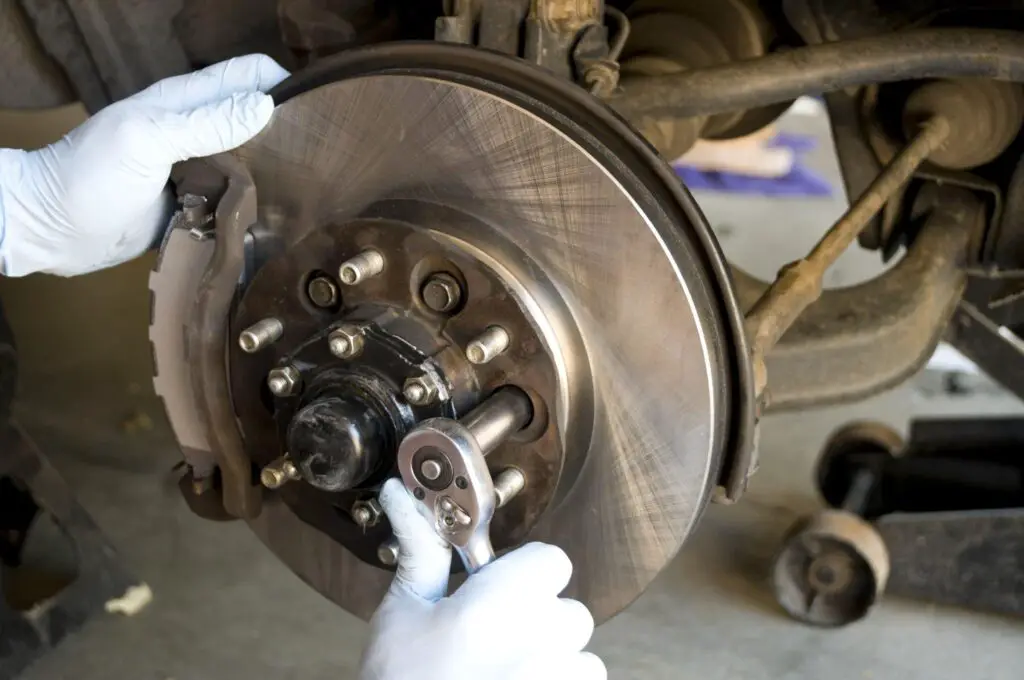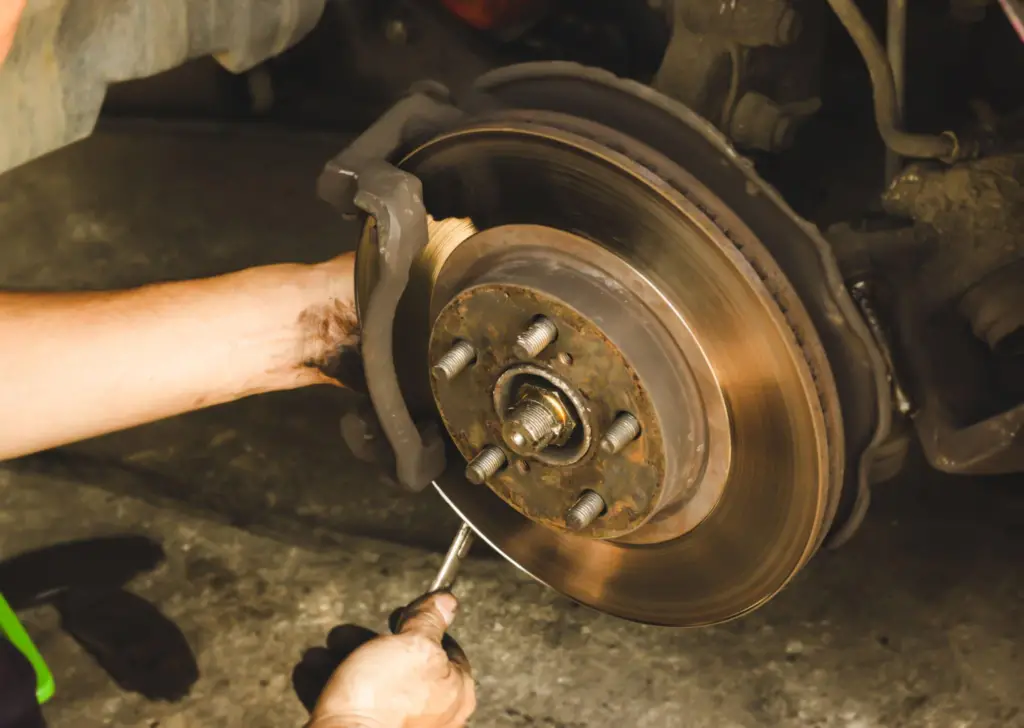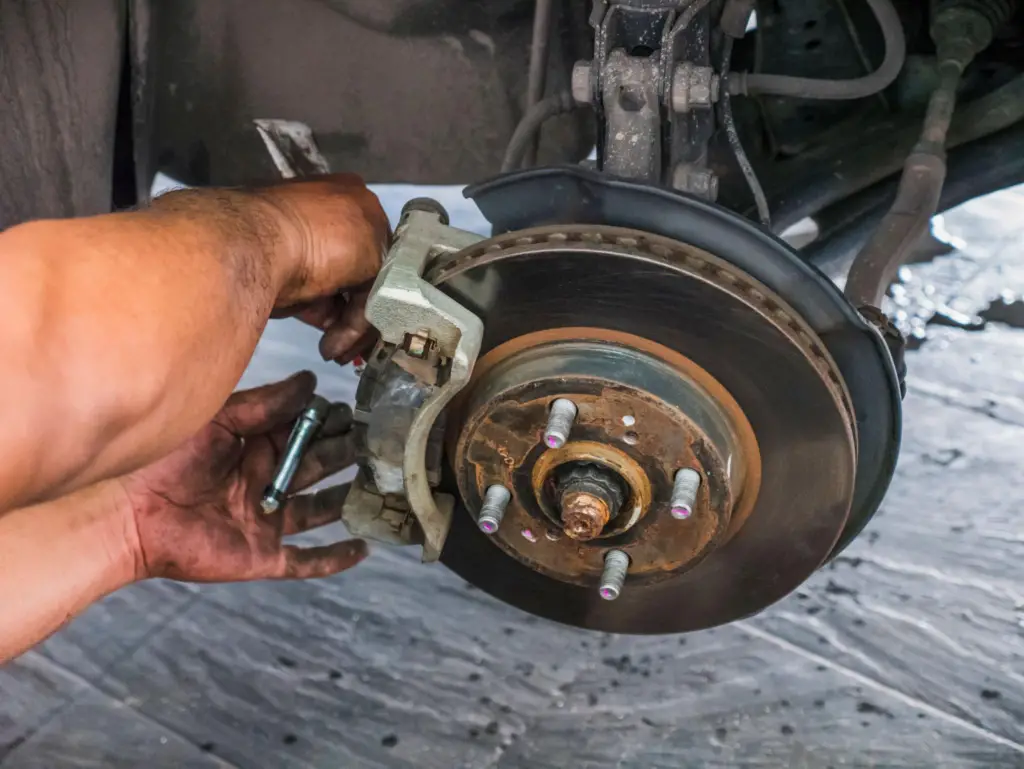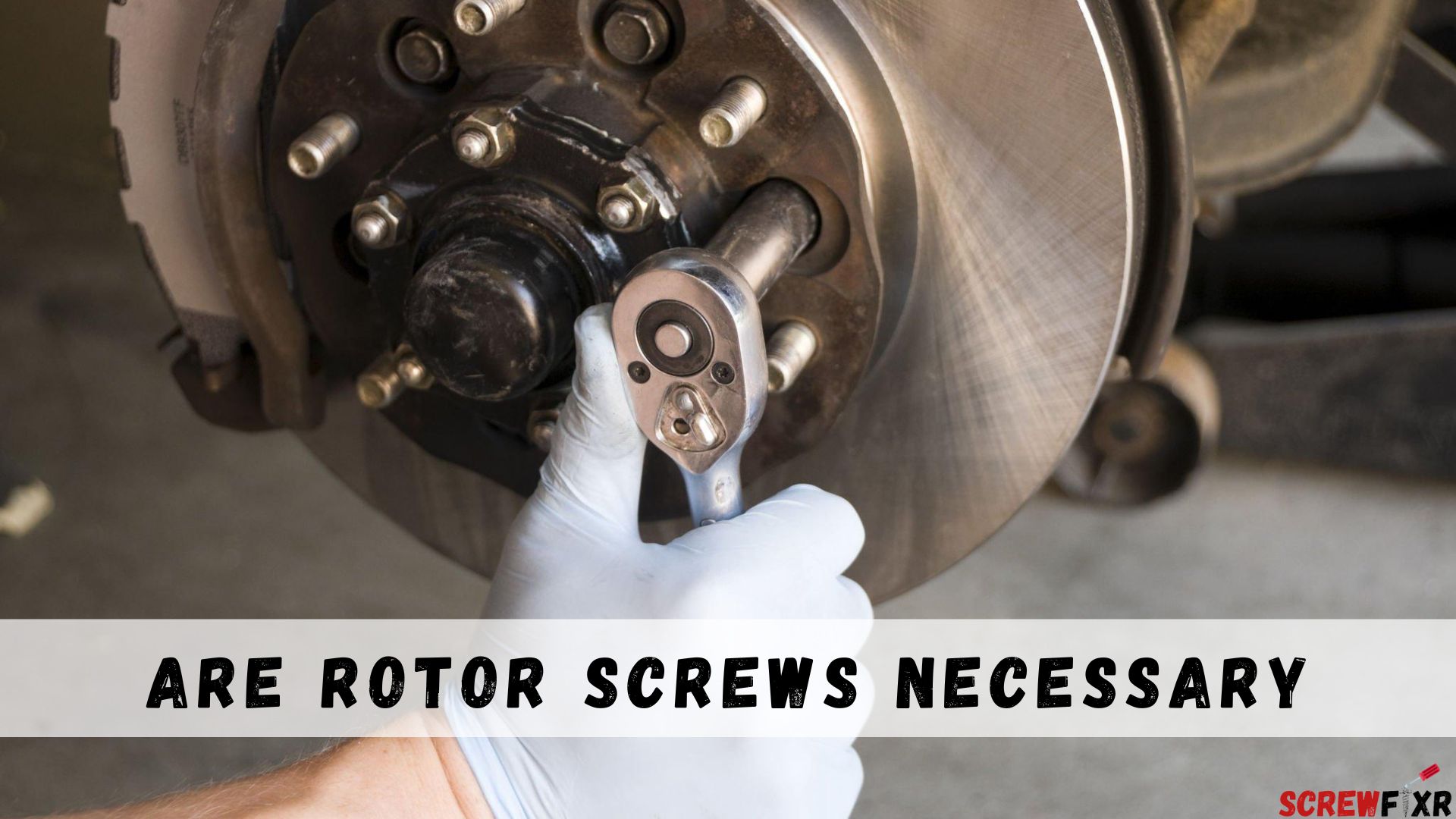The car’s braking system is one of the most crucial components of a vehicle, and it’s crucial to keep it in good working order. One of the components that play a significant role in the braking system is the rotor screws. The question is, are rotor screws necessary in a car? Here, we will dive into the importance of rotor screws, their function, and whether they are necessary or not.
Why Are Rotor Screws Necessary In Your Car?

The rotor screws are small components, but they play a vital role in ensuring the proper functioning of the braking system. These screws secure the brake rotor to the wheel hub, which prevents it from moving around or coming off while driving. If the brake rotor becomes loose, it can lead to significant problems, such as reduced braking performance and increased wear on the brake pads.
- Rotor screws ensure proper alignment of the brake rotor on the hub
- They prevent the rotor from shifting or becoming misaligned while driving
- Prevent vibrations, whistling, and grinding noises in the brakes
- They ensure even brake pad wear
- They protect from damage to the brake components and to the vehicle as a whole
- They provide a secure connection between the rotor and the hub
- Help to maintain optimum braking performance and safety while driving.
What Happens When Rotor Screws are Missing or Loose?
If the set screws on a brake rotor are missing or loose, it can result in the rotor becoming misaligned or shifting while the vehicle is in motion.
This can cause the brakes to vibrate or make a whistling or grinding sound and can lead to uneven brake wear. In severe cases, a misaligned rotor can even cause the brake pads to rub against the caliper or other brake components, which can result in damage and reduced braking performance.
On the other hand, loose set screws can fall out while driving, causing potential damage to the vehicle or other components. It is therefore important to properly install and tighten the set screws according to the manufacturer’s specifications, or to have them inspected by a professional if they appear to be loose.
What are the Symptoms of Loose Rotor Screws?

If you suspect that your car’s rotor screws may be loose, there are a few symptoms that you can look out for, including:
- Vibration or Pulsation during Braking: One of the most noticeable symptoms of loose rotor screws is vibration or pulsation when braking. If you feel a pulsing sensation when pressing down on the brake pedal, it may indicate that the rotor is not properly secured to the wheel hub. This can lead to an uneven distribution of force when braking, which can result in a pulsing sensation.
- Reduced Braking Performance: Another symptom of loose rotor screws is a reduction in braking performance. If the rotor is not properly secured, it can move around, causing an uneven distribution of force during braking. This can lead to reduced braking performance, making it more difficult to stop your car quickly and safely.
- Noisy Brakes: Another sign of loose rotor screws is noisy brakes. If the rotor is not securely attached to the wheel hub, it can cause friction between the brake pads and the rotor, resulting in a loud grinding or squealing sound. This noise is a clear indication that something is wrong with your brakes and should be inspected as soon as possible.
- Increased Wear on the Brake Pads: Finally, loose rotor screws can lead to increased wear on the brake pads. If the rotor is not properly secured, it can cause friction between the brake pads and the rotor, leading to additional wear on the pads. Over time, this can result in the need for more frequent brake pad replacements, which can be costly and time-consuming.
If you suspect that your set screws may be loose, it’s important to be aware of these symptoms and to have them inspected and replaced as soon as possible. Driving with loose screws can be dangerous and can lead to reduced braking performance and an increased risk of accidents.
Read Also: How Long Will Zinc Screws Last Outside
How to Inspect and Replace Rotor Screws?

Inspecting and replacing the screws is a straightforward process that can be done in a few simple steps:
- Step 1: Remove the Wheel – The first step in inspecting and replacing rotor screws is to remove the wheel. This can be done using a lug wrench or a socket set, depending on the type of wheels you have on your vehicle. Once you have removed the wheel, you will have access to the rotor and screws.
- Step 2: Inspect the Rotor Screws for Tightness and Damage – Next, inspect the rotor screws for tightness and damage. Look for any screws that are visibly loose or damaged, as these will need to be replaced. It’s also a good idea to check all of the screws to make sure that they are tight and in good condition.
- Step 3: Replace any Damaged or Loose Screws – If you find any screws that are damaged or loose, you will need to replace them. You can purchase replacement screws from an auto parts store or a dealership. When replacing the screws, make sure to tighten them to the correct torque specification, which can usually be found in your vehicle’s owner’s manual.
- Step 4: Reinstall the Wheel – Once you have replaced any damaged or loose screws, you can reinstall the wheel. Make sure to tighten the lug nuts to the correct torque specification, and double-check them after driving a short distance to ensure that they are secure.
Inspecting and replacing the screws is a simple and straightforward process that can be done in a few basic steps. By regularly checking the tightness and condition of the screws, you can help ensure that your brakes are functioning properly and that your vehicle is safe to drive.
Frequently Asked Questions (FAQs)

What are rotor screws made of?
Rotor screws are typically made of high-quality steel, which is corrosion-resistant and durable.
How often should I inspect my rotor screws?
It’s recommended to inspect your rotor screws at least once a year or as part of regular maintenance, such as a brake pad replacement.
Can I drive my car with loose rotor screws?
No, driving with loose rotor screws can lead to reduced braking performance and an increased risk of accidents. It’s essential to have them inspected and replaced as soon as possible.
Do you need the set screw on a brake rotor?
No, you do not necessarily need the set screw on a brake rotor. Some brake rotors come with set screws as a means of keeping the rotor in place on the hub, but if the rotor fits snugly and does not move, the set screw is not necessary. However, it is important to follow the manufacturer’s instructions for the proper installation and maintenance of your brakes.
Conclusion
Finally, it can be said that rotor screws are essential components in your car’s braking system, and they play a crucial role in ensuring proper functioning and safety. If you suspect that your set screws may be loose, it’s important to have them inspected and replaced as soon as possible. By following the steps outlined in this article, you can ensure that your car’s braking system is in good working order and that you’re driving with confidence and peace of mind.
You Might Also Like:


